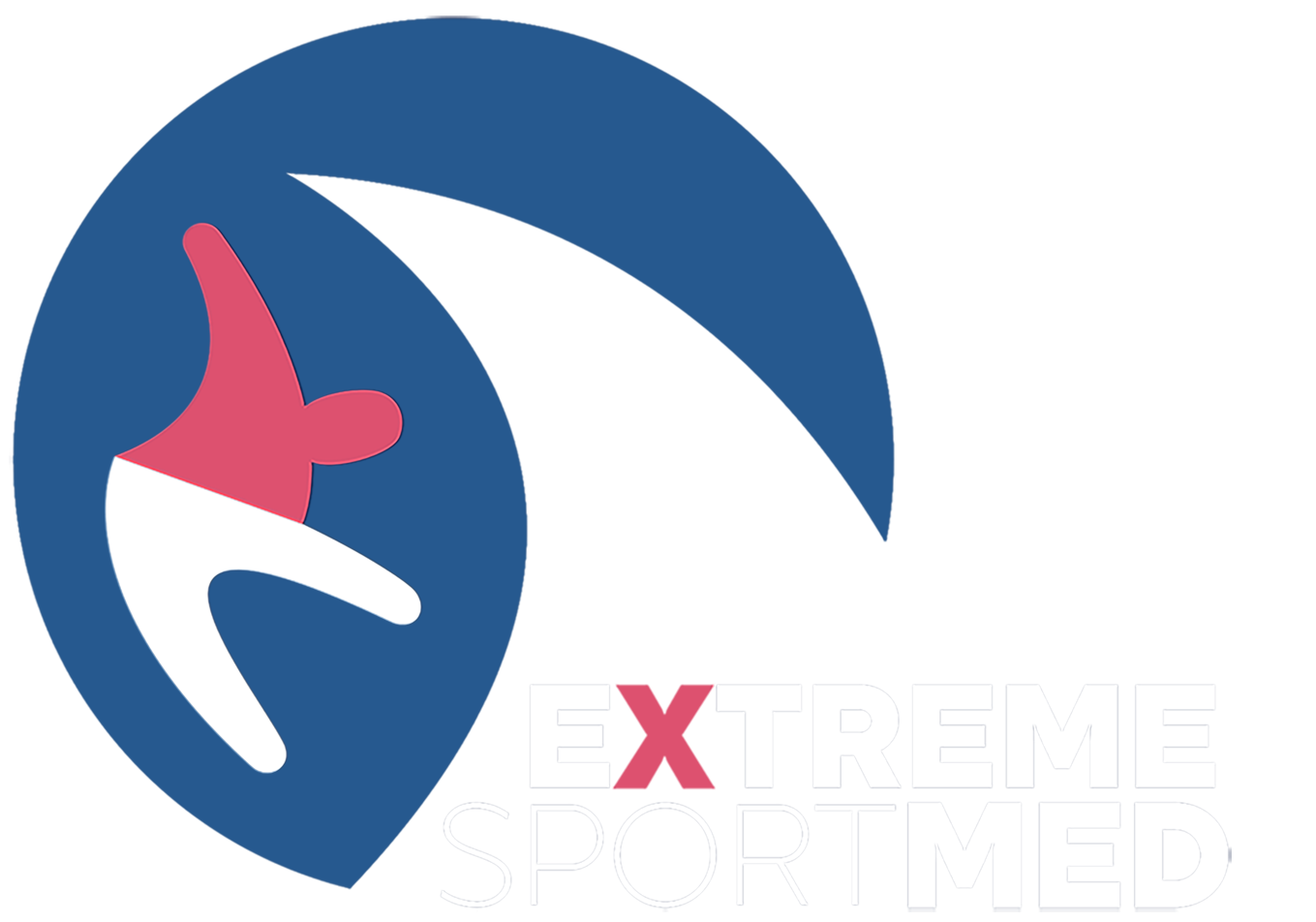Nyland 1,2, A. Cecil2, R. Singh3, C. Raj Pandey4
1 University of Louisville Department of Orthopaedic Surgery, Louisville, Kentucky, USA
2 Spalding University, Kosair Charities College of Health and Natural Sciences, Louisville, Kentucky USA
3 Grande International Hospital Department of Physiotherapy, Kathmandu, Nepal
4 Grande International Hospital Department of Orthopaedic Surgery and Traumatology, Kathmandu, Nepal
SUMMARY
Background. Protective and supportive trunk, limb and joint garment or brace use to enhance performance and prevent injury among extreme sport athletes is evolving. Methods. This review discusses protective and supportive trunk, limb and joint garment or brace use from the perspective of the essential mental and physical demands of extreme sports with special consideration for improving capsuloligamen- tous, musculotendinous, and myofascial system function. Results. Bracing to protect or support, preserve and promote natural joint function is evolving from the use of heavier, rigid, over-constraining and poorly fitting devices to lighter, more flexible, lower profile, function-enhancing garments or braces. Therapeu- tic exercises that combine task-specific self-efficacy and problem-solving skill devel- opment may best optimize innovative protective and supportive trunk, limb and joint garment or brace use. Conclusions. Through greater surface contact area and enhanced cutaneous, capsu- loligamentous, musculotendinous and myofascial system mechanoreceptor function, a new evolution of protective and supportive trunk, limb and joint garments or braces may be better able to effectively facilitate more natural joint protection, propriocep- tion/kinesthesia and dynamic stability.
KEY WORDS: Experential rehabilitation; adventure sports; therapeutic exercise.
